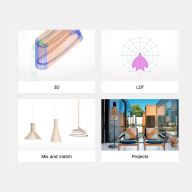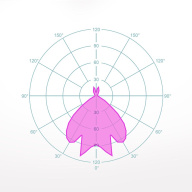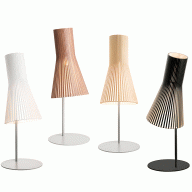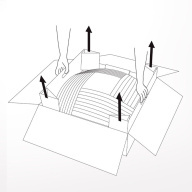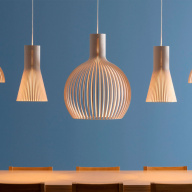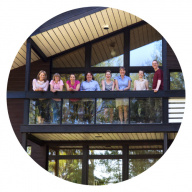Dimming and DALI
To be able to adjust the lighting in the room to just the right level that is needed for a specific task or setting is really useful! It means that it is possible to have the same lamps for many different tasks. Today, dimmers have almost become a must-have in both private and commercial spaces.
Dimming installations for lamps have been around for decades and were firstly introduced to be able to decrease the energy consumption in incandescent lightbulbs. The time of incandescent lightbulbs is long gone, and LED bulbs are a commodity in most homes, so the main purpose of dimmers today is the adjustability in the lighting amount.
There is a huge market for dimmers and lots of different types to choose from. This can make it challenging to understand which dimmers work with which light sources and so on. This is why Secto Design decided to create an article, where the most common alternatives on the market are presented and the differences between them are explained.
Firstly, it is good to know that not all light bulbs are dimmable. Make sure to purchase dimmable light bulbs if adjustable lighting is a requirement.
Secondly, there are different types of dimmers that work in different ways:
- Dimmers that can be adjusted by turning a knob, also known as phase dimming
- trailing edge
- leading edge
- Dimmers that work by pressing a switch to dim at different levels, also known as step dimming
- Dimmers that can be adjusted through digital dimming functions, also known as DALI

Precise tayloring requires a lot of light.
Trailing edge or leading edge for phase dimming?
When it comes to phase dimming, two main terms are used to explain how the dimming is done. These terms are trailing edge and leading edge. The main difference between these two terms is due to the part of the alternating current (AC) wave that is cut off when dimmed.
Trailing edge
Cuts out the second half of each waves’ half cycle, the preferred option to use for modern LED lamps. They are more quiet and smoother to use. Secto Design recommends using trailing edge dimmers and many of Secto Design lamps are compatible with these dimmers.
Leading edge
Cuts out the front edge of each waves’ half cycle, these types of dimmers were typically used for dimming halogen lamps and are therefore not as compatible with today’s LED technology due to their high minimum load.
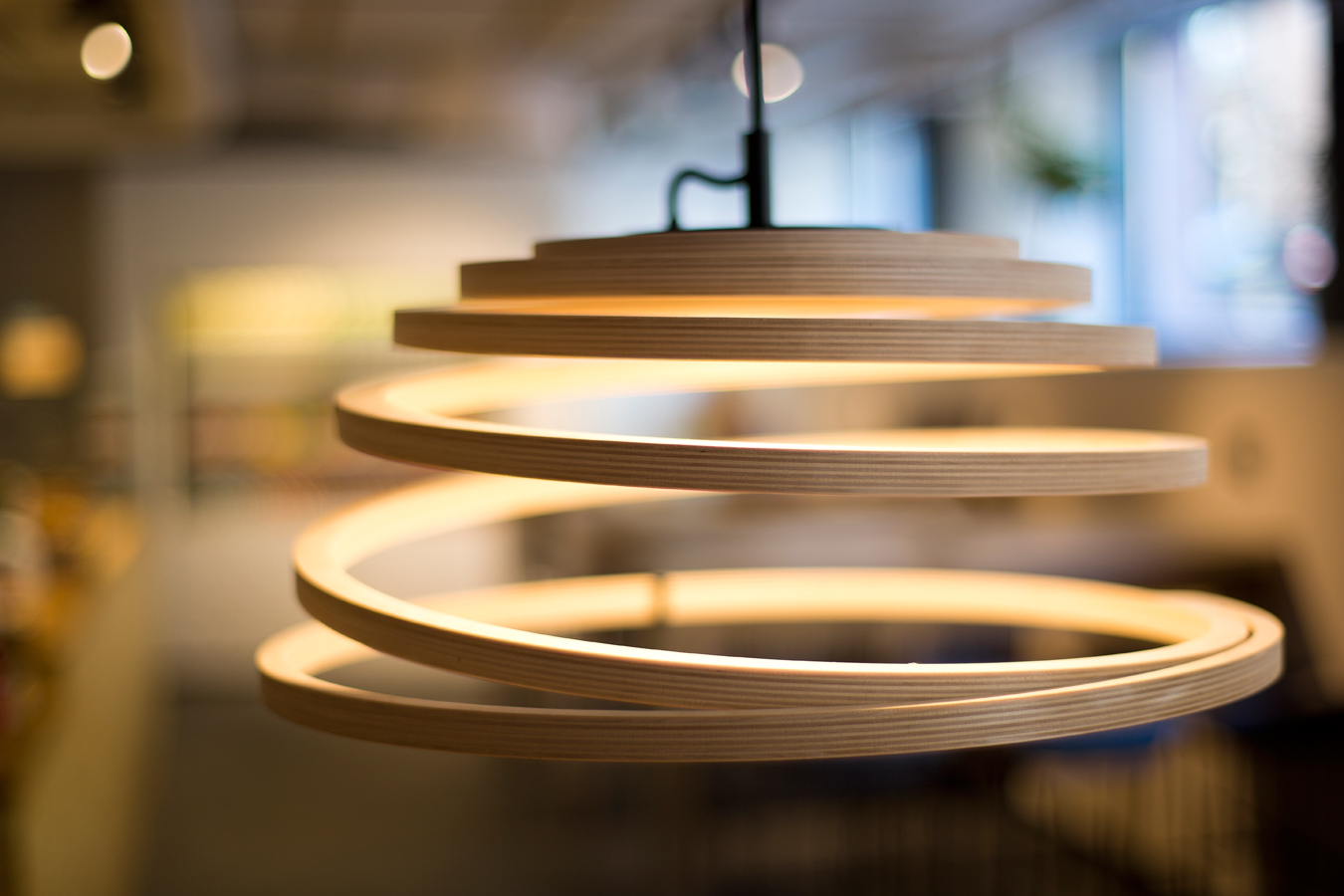
The Aspiro pendant (not available in North America) comes with a built-in step dimming.
Step dimming
With step dimming the wall switch is pressed multiple times to change the level of brightness. For example, one press will turn on full brightness, another press will decrease the brightness by 50 % and the third press will turn the light off.
Some of Secto Design lamps are compatible with step dimmers.
DALI systems
Digital addressable lighting interface, DALI is a two-way system that allows for digital communication with lighting systems. For example, communication through a DALI system can request that all lights in a specific area/room should be turned off or dimmed and the light sources will then automatically do what is asked. With DALI, reconfiguration of lighting is much easier seeing as the lighting is independent of the wiring circuits. A new command for the lighting system is all that is needed instead of tearing down the ceiling. DALI is mainly used when lighting systems are a bit more complex, for example, in larger buildings/facilities, office areas and apartment complexes. For a typical household normal phase dimming switches do the job perfectly!
























